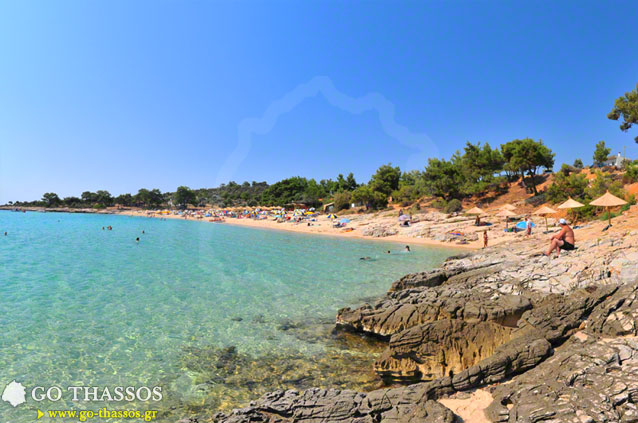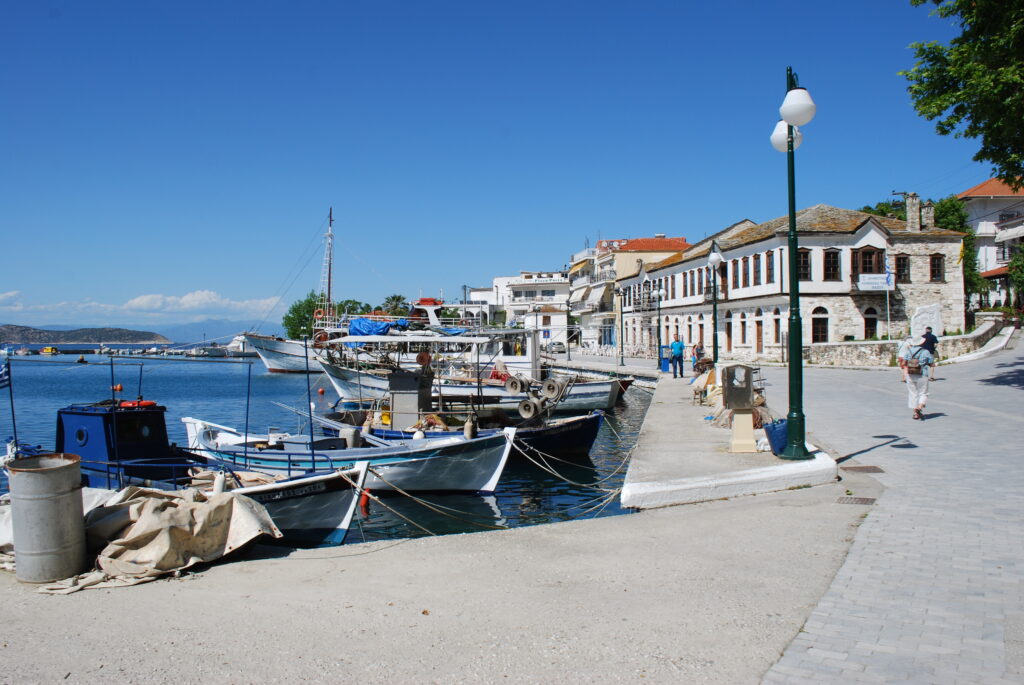Astris, also known as Astrida to some, is a place with a distinctive name that means “village of the stars.” It’s not two separate villages, but rather a single stunning location characterized by pristine natural beauty. Here, visitors can bask in the tranquility of the area’s long, sloping beaches, rocky outcrops, olive groves, and small fruit orchards. The locals raise sheep and goats in the surrounding fields, and there are small fishing settlements scattered throughout the region. Above all, the vast expanse of open space offers an unparalleled view of the sky’s major constellations.
The Mediterranean landscape of Astris is idyllic and clean, offering visitors sun, sea, and a mild climate all year round. These conditions are ideal for growing olives, the most precious of all Mediterranean fruits. In times past, Theologos residents came down to collect their crops by foot or donkey along trails lit only by the stars. They named the area Astris because of the starry skies.
At the entrance to Astris is a picturesque, small beach called Psili Ammos, which means “Bay of Fine Sand.” The reason for this name is evident. It’s a deep and wide bay with white sand that gently slopes into the sea. This superb beach is surrounded by hills covered in trees such as pines, olives, figs, and planes, giving it a natural and peaceful feel. Many people consider it one of the best beaches on the island, and it has everything you could want, such as sun beds, umbrellas, cafes, bars, and tavernas that are open all day, every day during the tourist season.
For those seeking solitude and a little adventure, they can explore the hidden gem of Giola, which is located near Astris and can only be accessed via a rough track. This natural pool is among the most beautiful in the world and is hidden among the cliffs along the coast of Thassos.
It’s now well-known that this particular area has a long and fascinating history, with many ancient ruins and artifacts having been discovered. After years of excavation, archaeologists have uncovered many ancient ruins, from outdoor storage warehouses for wine to defensive towers. There are also many old names for various parts of the area, such as “Kokina,” which means “Red,” and “Misampelia,” which means “Tipsy.” These two names, in particular, indicate that the plain of Astris was once a vast vineyard during antiquity.
According to the ancient historian Herodotus, the island of Astriotiko, also known as Little Astris, overlooking the bay of Kalami was the home of the Sirens. These mythical creatures, according to Homer, lured travelers to their watery deaths with their enticing songs. It’s said that this is also one of the places where Odysseus stopped on his journey back from Troy.
A few kilometers south of Astris, underneath the Aegean waters, lies the ruins of an ancient city that was recently uncovered during underwater excavations. Some believe it may be the lost city of Atlantis, and a program has been launched by Greek and foreign research groups to investigate further. The goal is to discover more about the fragments of the ancient underwater city, to study them, and to learn the history behind these treasures that have been hidden from human sight under the sea for so long.
The entire area of Astris is spectacular and has a unique natural beauty, with numerous small beaches that cater to all tastes. Some are well-equipped, while others are untouched. Some of the notable beaches include Agios Vasilios, Bambouris, Amdela, Salonikios, and Kalami. Just a few kilometers from Astris.





